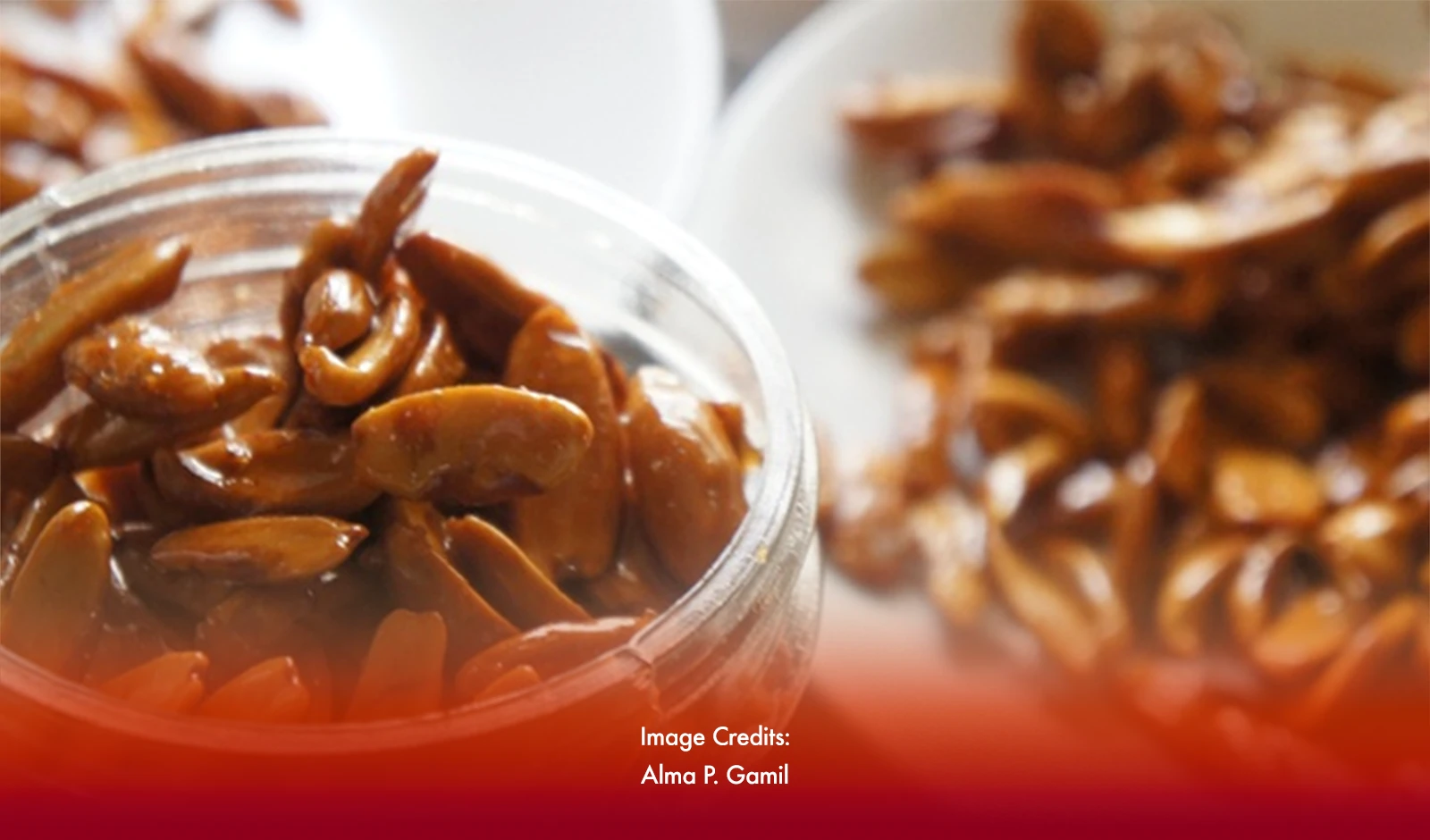The Pili nut, a delicacy that has come to be associated with the province of Sorsogon, is one of the culinary gems of the Bicol Region. A symbol of bliss in Sorsogon's rich culinary tapestry, the Pili nut is prized for its unique flavor, versatility, and capacity to elevate ordinary dishes into treats.
Cultural symbol
Because the Pili tree (Canarium ovatum) is indigenous to Sorsogon, the nut has strong cultural roots.
The pili tree is a hardy tropical tree that grows widely in the area. The region's environment is wet all year round, with no defined dry season. The pili tree, a relative of frankincense, is a member of the Burseraceae family of oleoresin-producing trees.
The nut, which has been grown locally for centuries, has been a staple of the region's customs and is frequently used in pasalubong delights and local culinary mainstays.
The pili business has prospered, giving farming, harvesting, and processing communities a means of subsistence. The demand for Pili nuts has grown outside of home markets, and Sorsogon is now a key player in the international Pili nut trade.
Delightful products
Pili nuts enhance Sorsogon's culinary scene with their flavor and adaptability. Pili nuts are a clever addition to many savory and sweet snacks made by the locals.
Pili nuts' flavor lends depth and character to traditional recipes, such as laing (dried taro leaves in coconut milk), which pairs well with crushed nuts. The Pili brittle remains one of the most famous Pili variants.
Additionally, Pili’s versatility in modern culinary creations has been highlighted by the rise of Pili nut-infused goods like Pili nut butter, oil, and chocolate.
Pili nuts, rich in heart-healthy monounsaturated fats, vitamins, and minerals, are also becoming a popular snack among those who want a well-balanced, healthy diet. Because of its high magnesium content, the nut's image as a food that boosts energy and relieves stress is also enhanced, making it more appealing to health-conscious consumers.
The Pili nut continues to be a source of cultural and culinary pride in Sorsogon. Its rise from the indigenous Pili tree to national prominence is evidence of the province's dedication to protecting its richness and seizing agricultural possibilities








